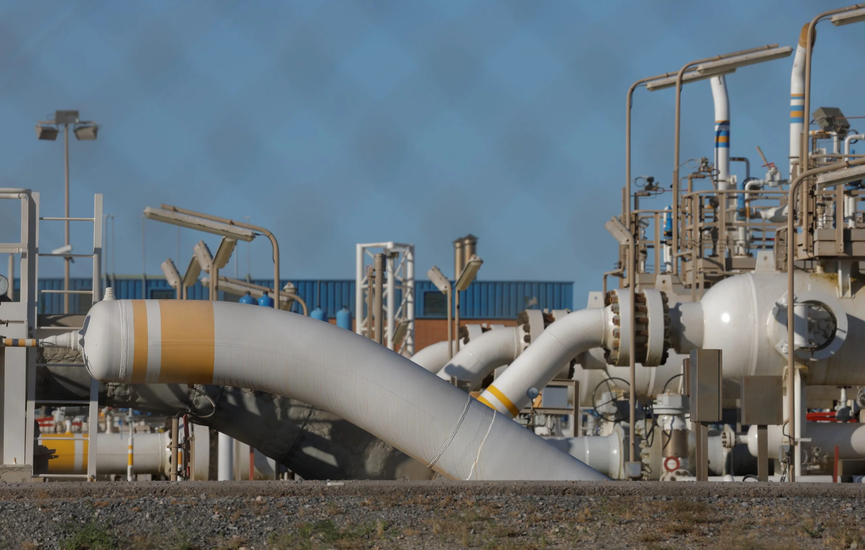Morocco joined fellow African nations in Houston, Texas, to engage in discussions about strategic investment opportunities for American stakeholders at the US-Africa Energy Forum held on August 6-7.
The key focus of Morocco's presentation was the ambitious $25 billion Gazoduc Pipeline project, which aims to link Nigeria's gas reserves to Moroccan and European markets.
This marks a significant moment for Morocco, as the country seeks foreign support at a crucial time when US investors are showing interest in boosting energy projects across Africa.
Nawfal Drari, Director of Project Finance at Morocco’s National Office of Hydrocarbons and Mines (ONHYM), which leads the project, provided an overview of the initiative’s progress and highlighted investment opportunities. Drari mentioned that the project has now reached a critical stage.
Launched in 2017 under the leadership of King Mohammed VI of Morocco and Nigerian President Muhammadu Buhari, the pipeline is moving closer to its Final Investment Decision. Gaining support from US investors could significantly accelerate the project’s progress.
The choice of Houston as the location for the US-Africa Energy Forum was strategic. Known as the “Energy Capital of the World,” Houston hosts over 4,600 energy-related companies, making it an ideal venue for attracting investors with deep pockets willing to take part in major international energy projects.
One of the significant players present at the forum was the US International Development Finance Corporation (DFC), which is actively assessing oil and gas infrastructure investment opportunities across Africa. This development marks a shift towards broader US backing for traditional energy assets in Africa, moving beyond a sole focus on renewable energy.
Selam Demissie, Director at DFC, spoke at the forum, confirming that the agency is “actively looking” at both upstream and downstream oil and gas infrastructure projects.
Against this backdrop, the forum offered ONHYM a valuable platform to pitch the Gazoduc project to US investors as a critical investment opportunity within Africa’s evolving energy landscape.
According to ONHYM, “this strategic project will enable African countries to access a sustainable and affordable source of energy, while also serving as a tool for economic and social integration.”
For Morocco, the Gazoduc pipeline is viewed as more than just an energy infrastructure project. The government sees it as a transformative initiative that will create thousands of jobs and establish Morocco as a major energy transit hub connecting Europe, Africa, and the Atlantic basin.
The pipeline is designed to stretch approximately 6,000 kilometers, passing through several African nations to connect Nigeria’s natural gas reserves to Morocco and eventually European markets.
The system will be able to transport between 15 and 30 billion cubic meters of natural gas annually.
The project has the potential to dramatically improve energy access across the continent. It is estimated that the pipeline will provide energy to around 400 million people in 13 countries, enhancing the availability of reliable energy throughout West and North Africa.
The project has already overcome several major challenges, with engineers completing detailed design studies in 2024 and finishing environmental and social impact assessments for the northern section of the pipeline.
Plans to build the pipeline will proceed in phases, with a holding company overseeing financing and construction. Three separate project companies will be responsible for different segments of the route.
In December 2024, leaders from West African countries approved the Intergovernmental Agreement at the 66th CEDEAO Summit, which outlines the rights and responsibilities of each country involved in the project.
Industry experts describe the Nigeria-Morocco Gas Pipeline as a key driver for economic, industrial, and digital development in the region.
The project aligns with the growing US interest in energy partnerships and infrastructure development across Africa, a focus that is expected to gain further attention following the US-Energy Forum.
